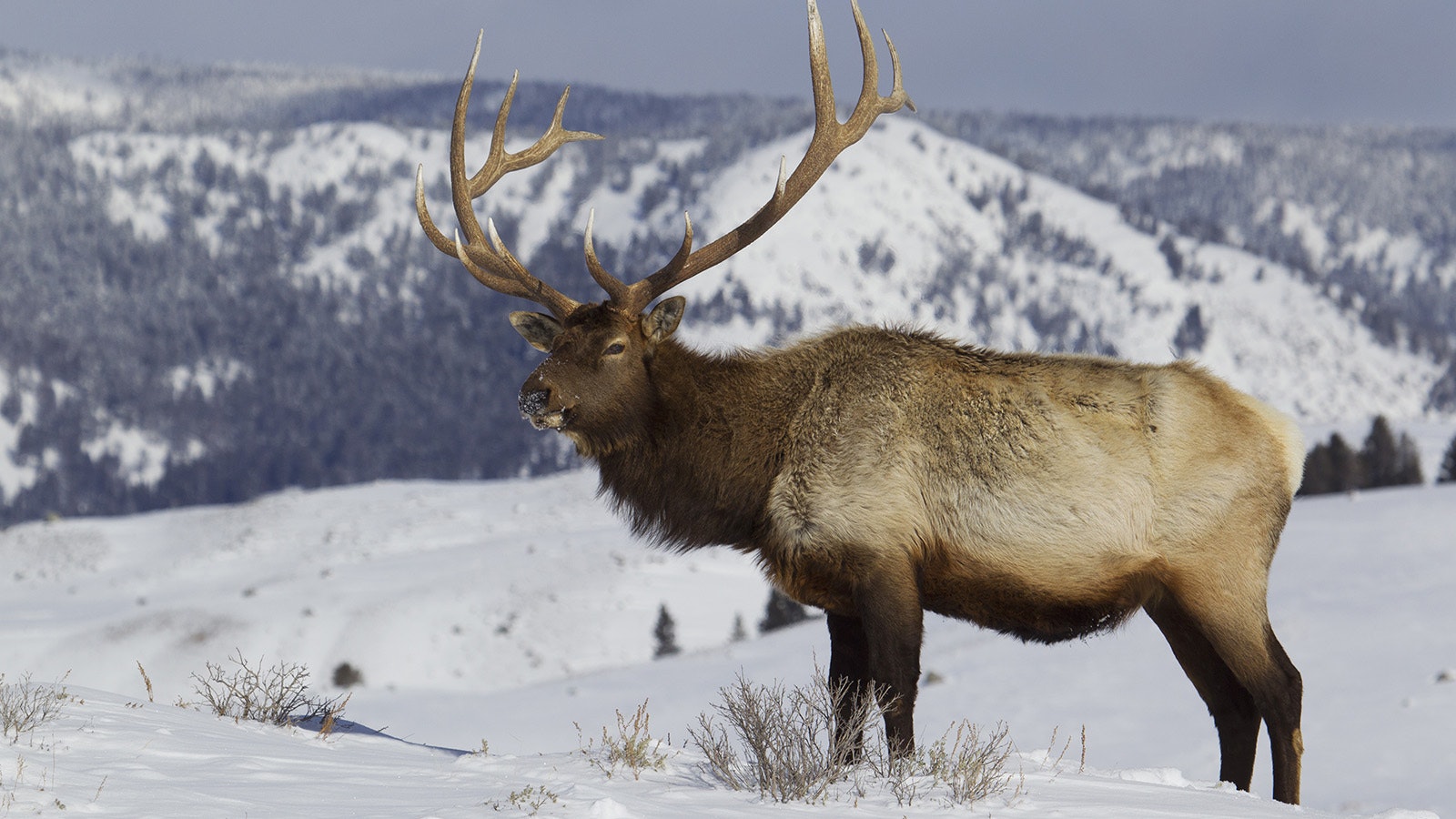With price hikes that have some nonresident elk tags scraping the $2,000 mark, sticker shock might be keeping some hunters away, but Wyoming still retains a strong pull for hunters all over the country.
“If they want to go hunting in Wyoming, they will pay it. If they want to come hunting here, they will pay it. But where does it end?” avid hunter and northeast Wyoming resident Owen Miller told Cowboy State Daily.
There was a dip in nonresident applications for special draw elk tags this year, possibly because of the price hikes, according to the Wyoming Game and Fish Department.
When it comes to hunting in Wyoming, Miller has seen both sides of the resident-nonresident fence.
He’s lived here for 14 years and hunts all over the state. But long before moving here from Ohio, he hunted in Wyoming as a nonresident. He also still hunts in his old home state, as well as some of Wyoming’s neighboring states.
If he were still a nonresident, the current prices for special draw tags would probably make him think twice about coming here to hunt, Miller said.
“There’s no way I could afford that special draw. There’s just no way I could afford that,” he said.
A Dip In Elk Tag Applications
A dip in applications for the special drawing for nonresident elk tags wasn’t unexpected, Game and Fish spokeswoman Breanna Ball told Cowboy State Daily.
“The department has heard feedback regarding the nonresident special fee increases,” she said. “The only nonresident deadline that has passed was for elk, which closed on Jan. 31. As expected, we saw a reduction in nonresident special fee applications for elk.”
The price increases brought Wyoming’s fees more in line with regional market value, and the application numbers should rebound, she added.
“In the past, the department has witnessed short-term immediate application reductions when fees increase, but over time have seen this rebound due to demand. Wyoming’s special fee increases are in line with surrounding states,” Ball said.
By The Numbers
Nonresident hunting tags have always been more expensive than resident tags. Price increases for the nonresident special drawings, approved last year by the Wyoming Legislature, widen the gap considerably in some cases.
In basic terms, Wyoming nonresident big game tags are split 60-40. The 40% are for the “special draw.” That means, the 40% of hunters willing to pay more have better odds of drawing the tags they want in their desired hunt areas.
The new special draw nonresident fees are $1,950 for elk and $1,200 for deer and antelope.
Regular draw nonresident fees are $692 for elk, $374 for deer and $326 for antelope.
Resident fees are $57 for elk, $42 for deer and $37 for antelope.
Some tag fees, such as those for cow/calf only elk, are lower for residents and general draw nonresidents.
Increasingly Complicated Game
Miller is well plugged in to the hunting world. He has a big following on social media hunting sites and YouTube. And he likes to mentor other hunters.
And he’s been picking up on complaints over Wyoming’s fee hikes.
Elk hunters who had their sights set on Wyoming might have opted to go to Colorado, where some elk tags remain around $760, he said.
“What guys are complaining about, what they’re saying is, ‘Now you’re turning hunting into a rich man’s business,’” he said.
Miller makes a living running his own furniture-making business, and he is somewhat worried that increasingly expensive hunting tags could push “blue collar” nonresidents out of the game.
However, he also reminds hunters to step back and consider how much they already spend on other aspects of their adventures.
“You’ve got a $50,000 truck and a $50,000 camper, look at all the money you’re already spending on hunting,” he said.
So in the end, Wyoming’s legendary status will likely be enough to keep hunters coming here, Miller said.
And he’s always willing to help them, including untangling the increasingly complex web of even deciding where to hunt and which tags to apply for.
“I get guys messaging me all the time,” Miller said. “They’re confused over what’s ‘Region A?’ And then you get into your tag types. Do they want type 1, type 2, type 3? It can get confusing really quickly.”
Mark Heinz can be reached at mark@cowboystatedaily.com.





